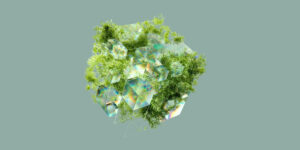Have you ever opened your electric bill and asked yourself “why I am I paying so much?” This is a common question asked by homeowners and business owners. The innovation of technology has led to higher electric prices/bills especially for businesses. Different light bulbs and wattages can play a major role in reducing energy and electric costs.
Led to LED
WhatIs.com, describes LED bulbs as, “a solid-state lighting (SSL) device that fits in standard screw-in connections but uses LEDs (light-emitting diodes) to produce light.” LED light bulbs are a more environmentally-friendly alternative to incandescent bulbs and on average, last 25% longer than incandescent bulbs and use 75% less energy! LED bulbs are more expensive than incandescent bulbs but since they last longer the investment pays off in the long run. Paying a little extra for a product that will last longer and is more energy efficient seems like a no-brainer.
Say Watt?
Another thing to keep an eye on is bulb wattage. A watt is the standard unit of power in the International System of Units (SI), equivalent to one joule per second and equal to the power in a circuit in which a current of one ampere flows across a potential difference of one volt, according to Dictionary.com.
Each light fixture is marked to let the user know the maximum bulb wattage the fixture can take. Watts measure energy output not how bright the bulb will be. Installing a bulb that exceeds the maximum watt capacity on a light fixture can be a potential fire hazard and may burn the light fixture.
Be sure to check the proper wattage compatibility when changing and purchasing new light bulbs for your business and home. Using the incorrect watts or “overlamping,” could cause intense heat, melting the light socket and the insulation on the fixture’s wires.
Any time you have that kind of damage on wires, you’re at a big risk for arc faults, where an electrical current falls off its intended path— a leading cause of home fires.
Even after you pull the offending bulb out, you could still have lasting damage to your fixture.
For more information about more efficient lighting, contact us at www.brilliantsourceenergy.com.





